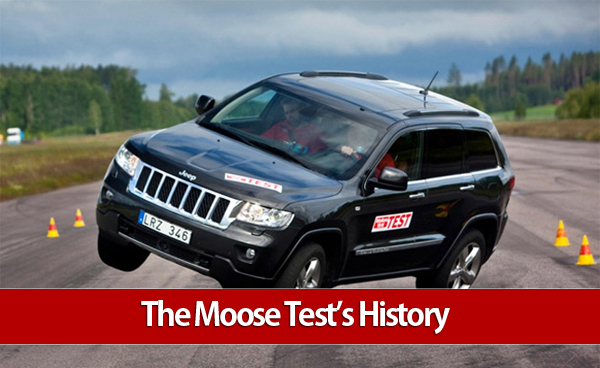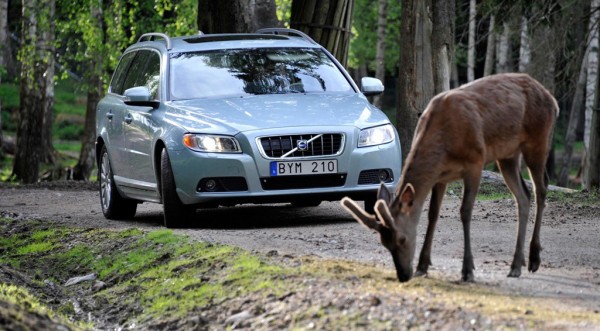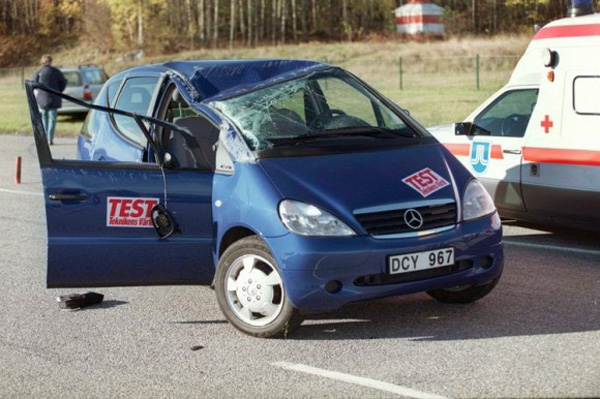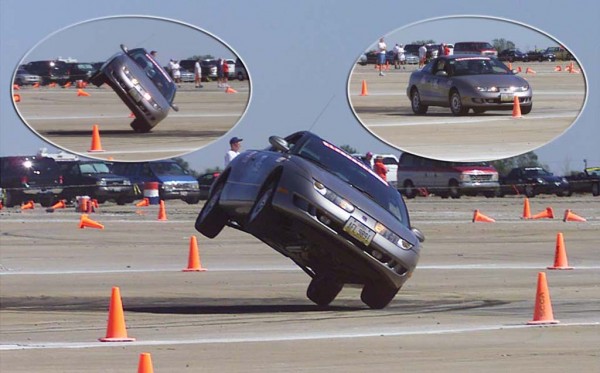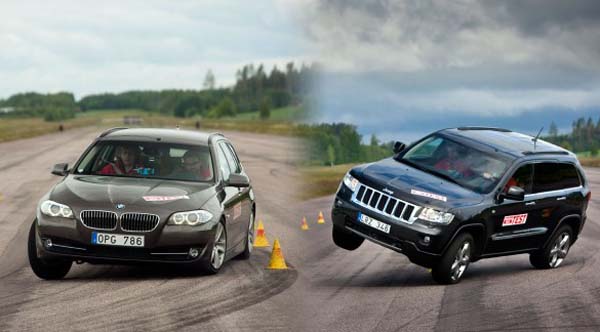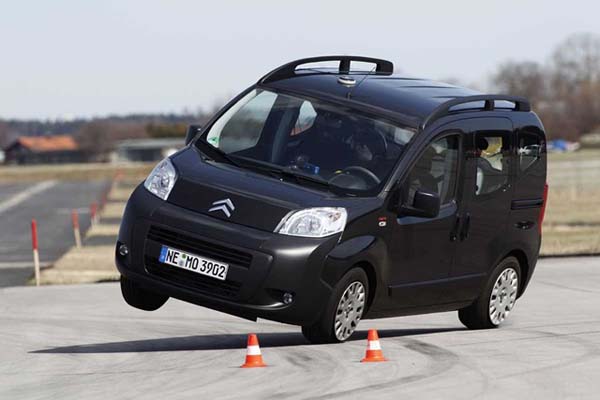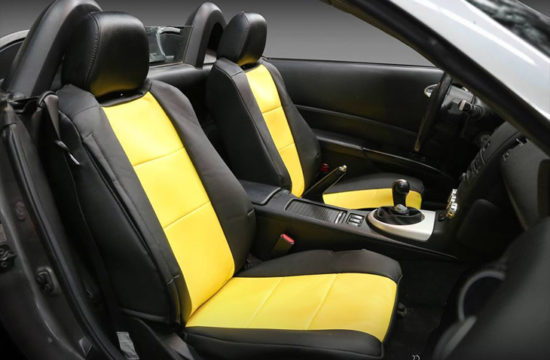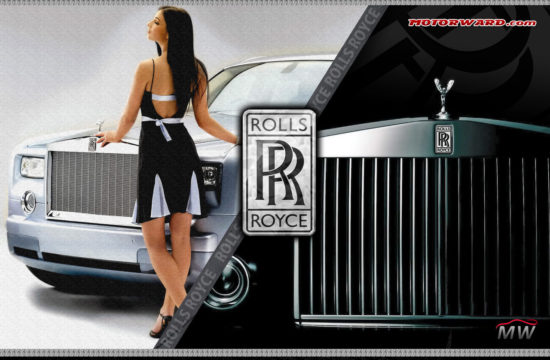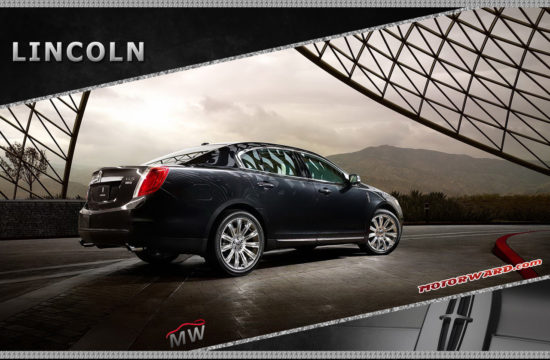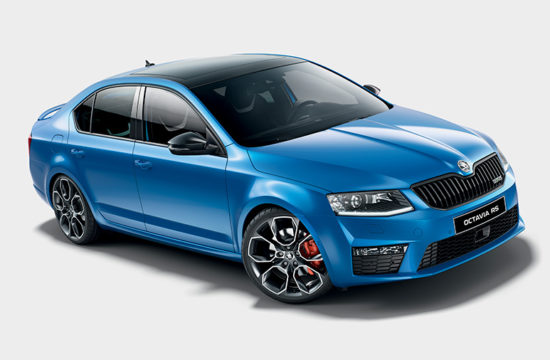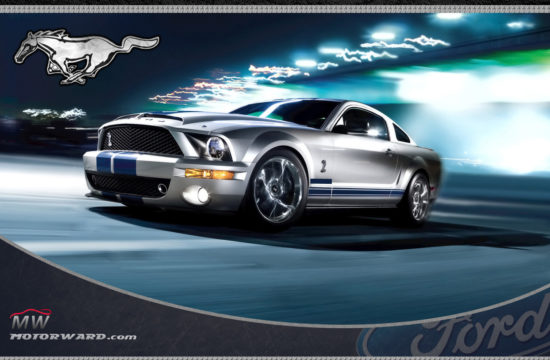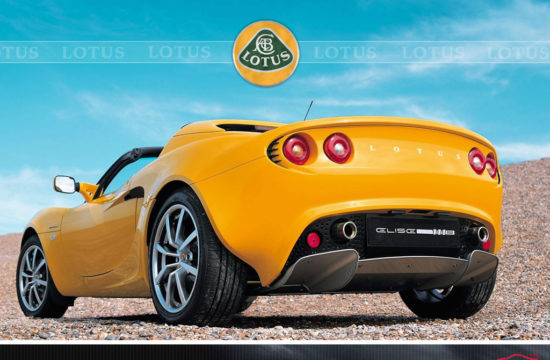The Moose Test (also known as the “Elk Test” or the “Evasive Manoeuvre Test”) has always been subject to controversy in the car industry. Even though it is one of the most important safety tests and the main reasons that lead to ESP becoming an extremely popular safety option, it also remained one of the hottest subjects debated by the press, the public and car manufacturers.
We all heard about the Moose Test at least once. A funny name at first sight, that doesn’t seem to be connected in any way with the automotive industry. However, the test (officially known as the Evasive Manoeuvre Test) is an important part of testing new cars, is one of the most important tests in the EuroNCAP safety performance assessment program that awards cars with safety rankings and is one of the main reasons electronic stability control became mandatory for new cars on important markets like Europe or North America.
But why is this test so important and, of course, what’s with the name?
Sweden and wild animals
Different versions of the Moose Test have been performed in Sweden ever since the 1970s, while the name was first used by Swedish magazine Teknikens Varld (World of Technology) after the test became extremely popular in 1997. Until then, the test was simply called “Undanmanöverprov” (Swedish for “Evasive Manoeuvre Test”).
The test (also known today as “Algtest” in Sweden) was first performed by journalists, but it became quite popular after the most important Swedish carmakers, Volvo and Saab, started using it to test new cars. The test’s origins lay in the dangerous situations drivers in Northern countries often face when driving across forests or wild territories where wild animals are a common presence on the roads. So Scandinavian carmakers wanted to make sure people driving their cars will be able to safely avoid a wild boar, an arctic fox or a moose suddenly showing up on the road. And while boars and foxes were a threat mostly to the car, a crash with a moose is a lot more dangerous. Being very heavy and with long legs, once hit, the body of the moose will land directly on the windshield severely injuring driver and passengers. You can have a look of what a moose can do to a car here
The Mercedes-Benz incident
The Moose Test became famous worldwide in 1997, when Robert Collin, a journalist from the Teknikens Varld magazine managed to flip a recently launched Mercedes-Benz A-Class during the evasive manoeuvre test. In the beginning, the German carmaker didn’t admit the A-Class having any problems, but the car’s suspensions were modified and the ESP (Electronic Stability Program) became standard for the small car. Also, all cars sold until that moment were recalled and upgraded.
This incident would make the stability control system more and more important for both customers and manufacturers, with many carmakers starting to offer the system as standard or at least as an option. Not to mention that 15 years later, the European Union decided to make it mandatory so all new cars sold in Europe are required to have this feature. The system is also mandatory in the United States (starting with 2009), Canada (2011) and Australia (2011).
The A-Class incident was also the first time the “Moose Test” name was used. In an interview for German newspaper Süddeutsche Zeitung (“South German Newspaper”), Collin explained that the test simulates avoiding a moose at high speed. The name was so catchy that it was immediately adopted by the entire world, including the Swedish (the Swedish National Road and Transport Research Institute actually created a moose dummy called “Mooses” that is used for testing).
The “Moose Test” becomes popular
Following the A-Class controversy, the “Moose Test” quickly became synonymous with the “Stability Control Test”, with its result being regarded as extremely important by the car industry. So important that this test is now part of all major safety assessment programs in the world.
The official version of the test consists in quickly swerving into the oncoming lane to avoid an object and then immediately swerving back to avoid oncoming traffic. The test is performed on dry surfaces at speeds of up to 45-50 mph and the lanes are usually represented by traffic cones. Research showed that even though its name refers to moose, it looks like the test actually simulates avoiding a reversing car or a child running on the street rather than encountering a moose. This is because when a moose suddenly shows up on the road it is more advisable to brake and try to get through behind the animal, since it’s most likely the animal will continue crossing the road and will not stop or turn around.
The Moose Test was soon adopted by all major organizations like the ADAC (Europe’s largest automobile club, based in Germany) and by many magazines and newspapers. Today, even carmakers use it to test their cars before launching them into production, but since stability control became mandatory on the most important markets, there are extremely few models that fail this test.
Important cars that failed the test
From the hundreds of vehicles that took the Moose Test, there are some who failed it and generated a lot of controversy. Citroen Nemo, Renault Kangoo, Toyota Hilux or Jeep Grand Cherokee are just a few models that disappointed. In some cases the cars rolled over, in other cases only the driver’s skill prevented that. Carmakers usually deny anything being wrong with their cars and blame the ones performing the test for altering the conditions in which the cars are tested, claiming the results are inconclusive.
For example, after Teknikens Varld flipped the Jeep Grand Cherokee, Chrysler issued an official reaction saying that they replicated the test and the car performed absolutely normal. According to them, the reason the car underperformed during the Swedish magazine’s tests is because it was overloaded. The magazine redid the test later and the results were pretty similar, their recommendation being to go for other SUVs like the Volkswagen Touareg or the Volvo XC90.
As for the Citroen Nemo, the car rolled over during ADAC testing. However, the model was not equipped with stability control. During the same testing session, similar models from Fiat and Peugeot were tested, both passing the test without problems (they were equipped with stability control).
Other extremely controversial results involve Romanian carmaker Dacia. The first generation Dacia Logan initially failed the Moose Test during ADAC testing, but subsequent investigations showed that the tires were worn out from extensive testing. Other organizations redid the test and the Logan passed it without problems. However, another Dacia model, a two-wheel drive version of the Duster crossover almost failed the test performed by Dutch magazine Autokampioen and ANWB, the Dutch automobile club. While the four-wheel drive version didn’t have any problems, the 4×2 almost rolled over. The Dutch later redid the test, this time with Renault/Dacia officials present, and the car did have some problems, but not as serious as the first time (the conclusion was that the running surface’s temperature might have influenced the car’s behavior).
Without any doubts, the Moose Test is one of today’s most important safety tests that changed the way carmakers and the public see car safety. It made customers rethink the reasons for buying a specific car and it forced car manufacturers to improve their vehicles’ safety more and more. Of course, this test’s results have a direct impact on our lives, since probably many lives (both humans and animals) were saved by it.
And before finishing the Moose Test’s story, let’s also have some fun, with this video, who mocks the test. Note that it’s not an official video from Toyota, but one made by a racing organization promoting their races.

